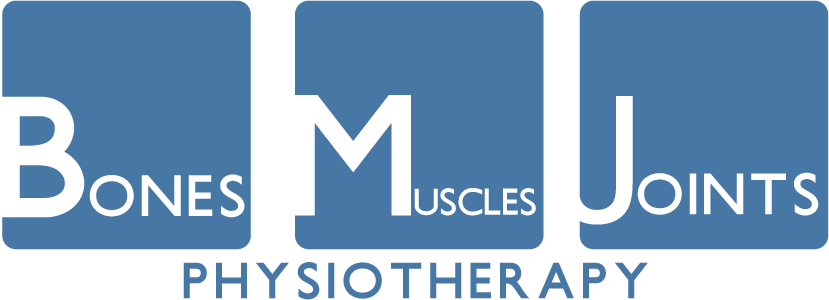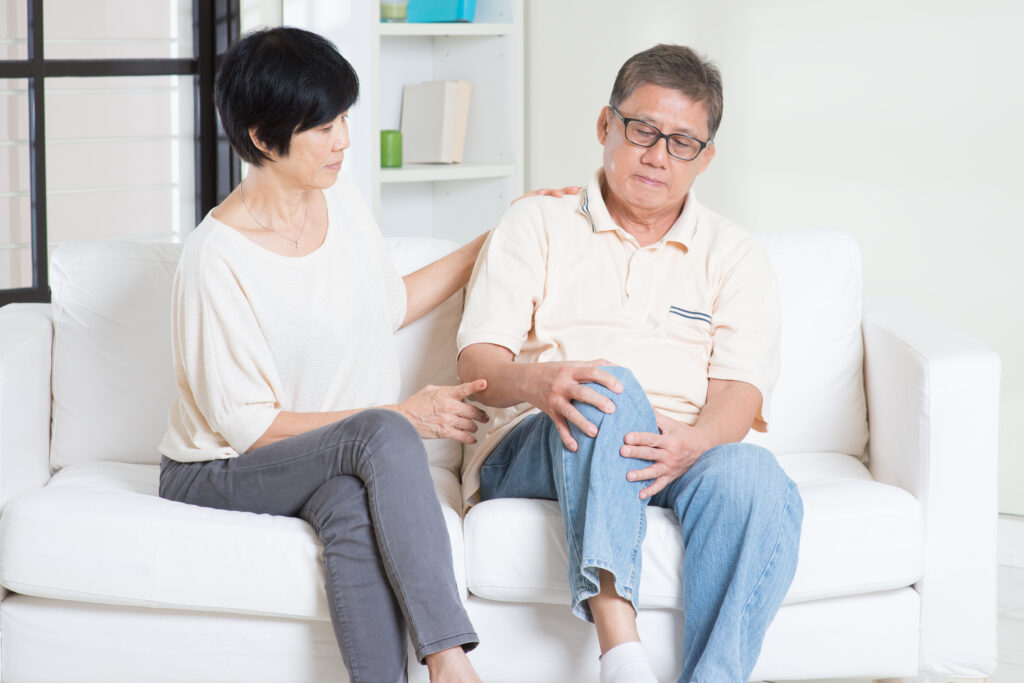Knee pain is a very common complaint amongst people. Osteoarthritis of the knee is one of the most common causes of knee pain in people age 50 years and above. Such knee pain can be very debilitating, limiting a person’s function and levels of activity.
Osteoarthritis of the knee is a result of the wear and tear of the cartilage of our knee joint, which is the layer of cushioning that we have between the joints. When the cartilage gets worn out, the bones of our knee joint rub against one another resulting in pain, swelling and stiffness in the knee. Osteoarthritis knee develops slowly and the knee pain associated with it can increase over time.
Do you have these signs and symptoms of an OA knee?
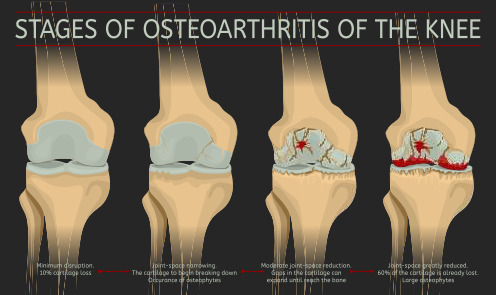
Arthritis in the knee usually causes pain and inflammation of the joint. Typically, the knee pain develops over a period of time. If an x-ray has been taken, it can quite clearly show the lack of joint space within the knee. The joint space that we see on x-ray in a healthy knee is usually occupied by cartilage, but is typically worn out in OA knees, exposing the bony surfaces in an arthritic knee. Bone spurs may also be seen along the joint, which is common in an arthritic knee.
5 symptoms that you might have OA knees are:
1. My knee feels stiff especially in the morning, or after prolonged sitting/ inactivity
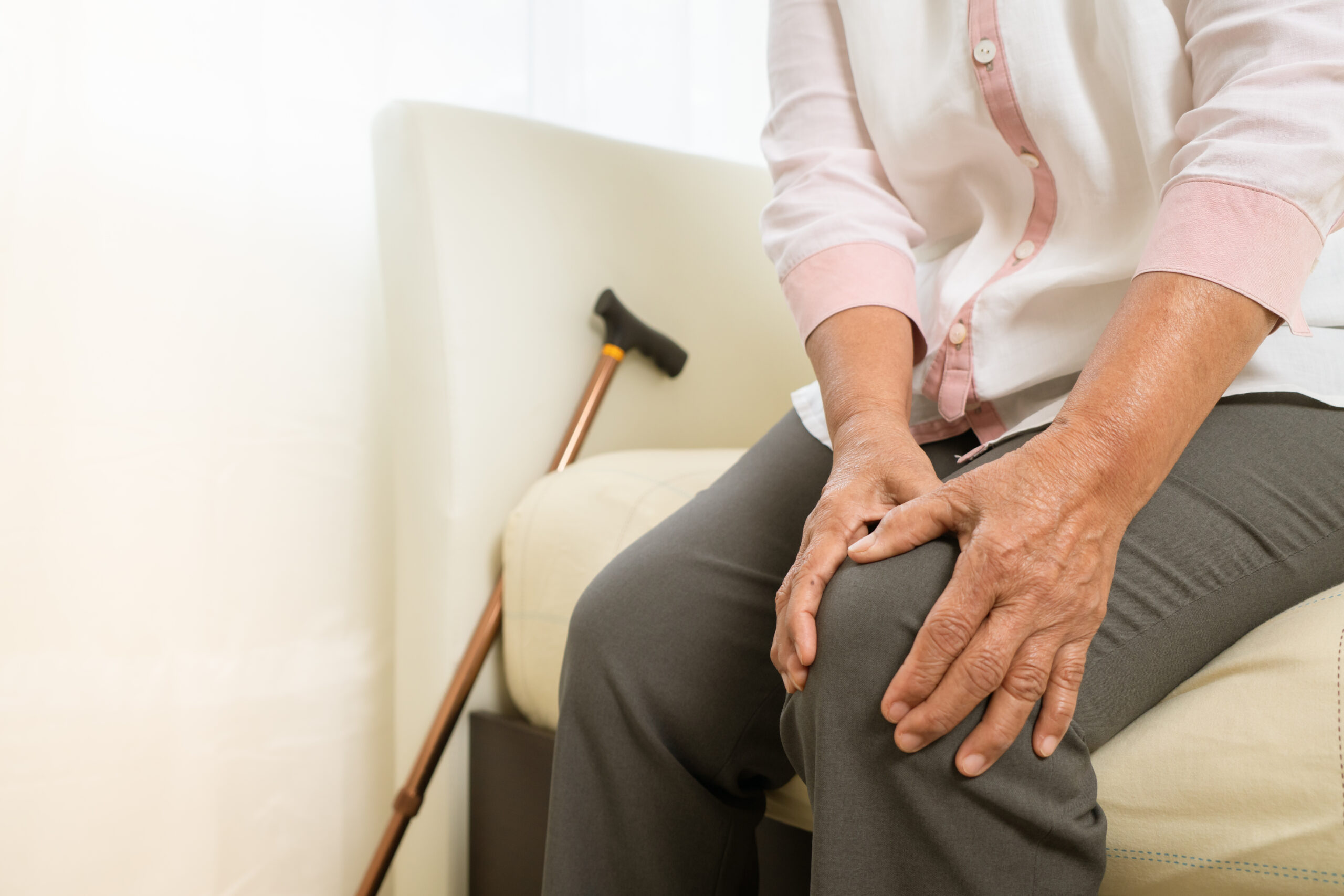
Stiffness in the morning is a sign of swelling that has consolidated/ “harden” over the period of rest. There may be 2 types of swelling present: hard and soft swelling. Hard swelling is a result of the formation of osteophyte (bone spur) formation while soft swelling is due to the collection of extra fluid around the knee joint as a result of inflammation of the knee. Swelling and stiffness may be more noticeable after a long period of inactivity e.g. when one wakes up in the morning.
2. My knee feels slightly warmer
The feeling of warmth in the knee is a common presentation as there is usually inflammation of the knee joint in osteoarthritis. This may also be accompanied with slight redness on the skin’s surface. The best way to assess for warmth is to use the back of your hand to feel over the affected area and make a comparison with the other side. If substantial amount of warmth is felt, icing of the affected joint for 10 to 15 minutes can help with sooth any existing pain.
3. Ouch! Knee pain with my usual exercise and walks, but gets better with rest
Most people with OA knee experience some sort of pain when they start to exercise, especially exercises that involves impact such as running and jumping. The worn off region of the knee is often the weight bearing part of the knee, hence any forces on the worn-out surfaces would be painful. It is common that you will experience slight increase in discomfort with increased levels of physical activities. With rest, the pain level gets better as the irritation of the joint reduces.
If you have to exercise, choose one that is non-impact in nature, eg. Cycling or swimming. Adjust the intensity of the exercises such that any pain you feel is tolerable (3 out of a scale of 10 on a pain scale) and should not increase the pain level while at rest.
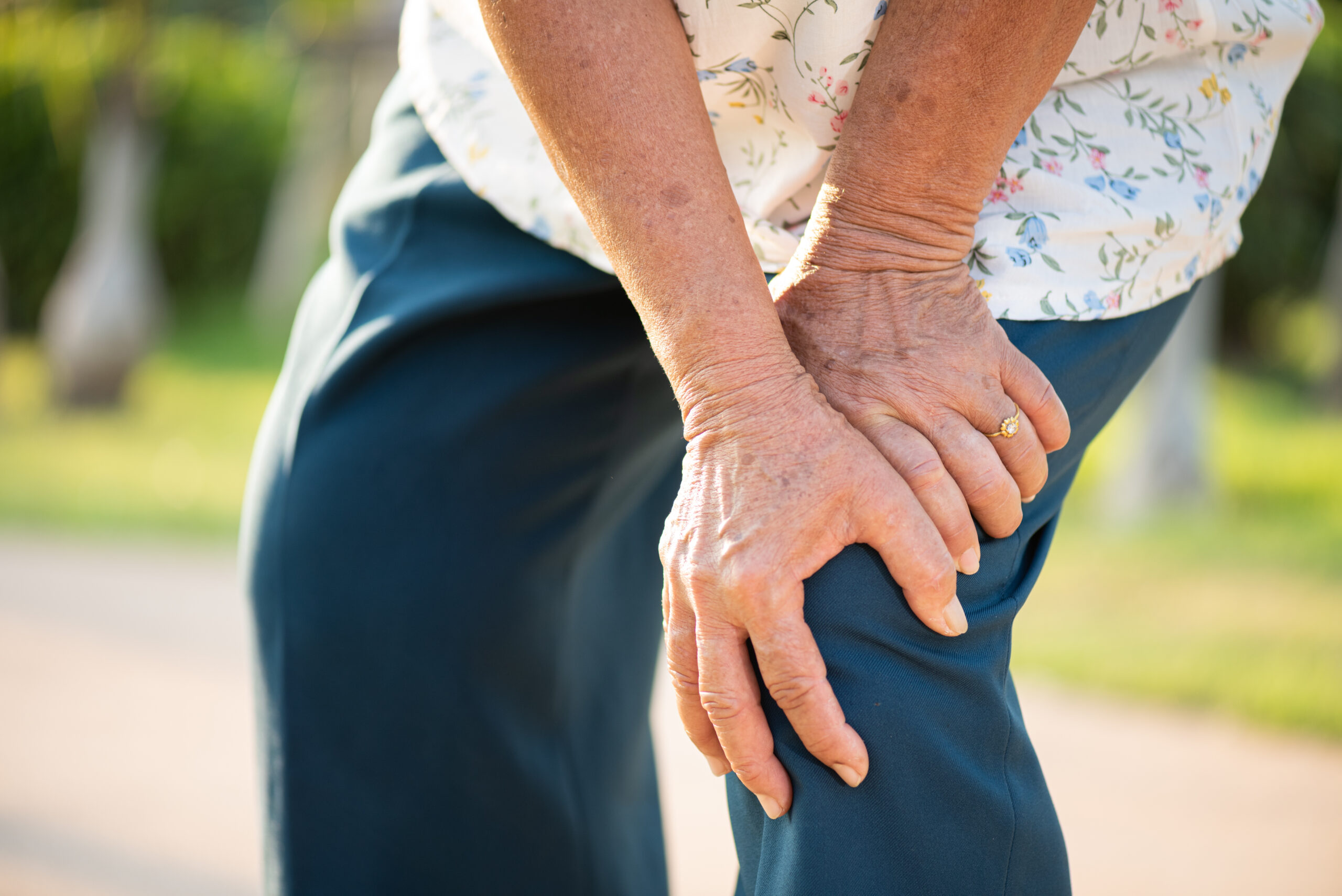
4. It feels difficult to bend and straighten my knee
A normal knee joint is filled with a natural lubricant that allows smooth bending and straightening. This joint fluid is produced by our healthy cartilage. Worn off cartilage does not produce joint fluid adequately making once smooth movement difficult. Along with bone spurs formations within the knee joint, bending and straightening becomes stiff. Accompanied with weakened muscles around the knee joint, it may result in poorer movement and control during activities, making it difficult for one to bend and straighten the knee.
5. My knee creaks, snaps or makes a grinding noise with knee movements
Osteoarthritis is a condition that affects the cartilage surface within our joints. Pristine cartilage is smooth which allows the surfaces to glide over each other with little friction. When the cartilage is worn out and damaged, our joints lose their smooth gliding surfaces and rough bone spurs develop as a result. As we move, these rough and uneven surfaces rub against each other, causing the grinding and snapping sensation, which is term as crepitus medically.
Seeking Help For Your Pain
If you are starting to feel any of these signs, and especially over the age of 50 years old, do seek help early from our physiotherapist. Early detection will help delay the exacerbation of the symptoms. Early treatment can help to preserve the longevity of your knee joint. Leaving it too late often means that surgery may be the only option. Healthy and pain-free knees are important to let you continue to enjoy your long waited retirement holiday and to enjoy the times with your family, isn’t it?
Read on to learn how Singapore physio treatment can help you if you have OA knees.
